While many waterfront destinations transform into crowded tourist hubs during summer months, certain lake towns across America manage to maintain their tranquil atmosphere year-round. These hidden gems offer the perfect balance of natural beauty, recreational opportunities, and small-town charm without the overwhelming crowds that typically define summer vacation spots. Away from the well-beaten tourist paths, these serene communities provide authentic experiences for visitors seeking genuine relaxation rather than commercial entertainment.
Here is a list of 19 lake towns across the country that remain peaceful sanctuaries even during the peak summer season.
Bigfork, Montana
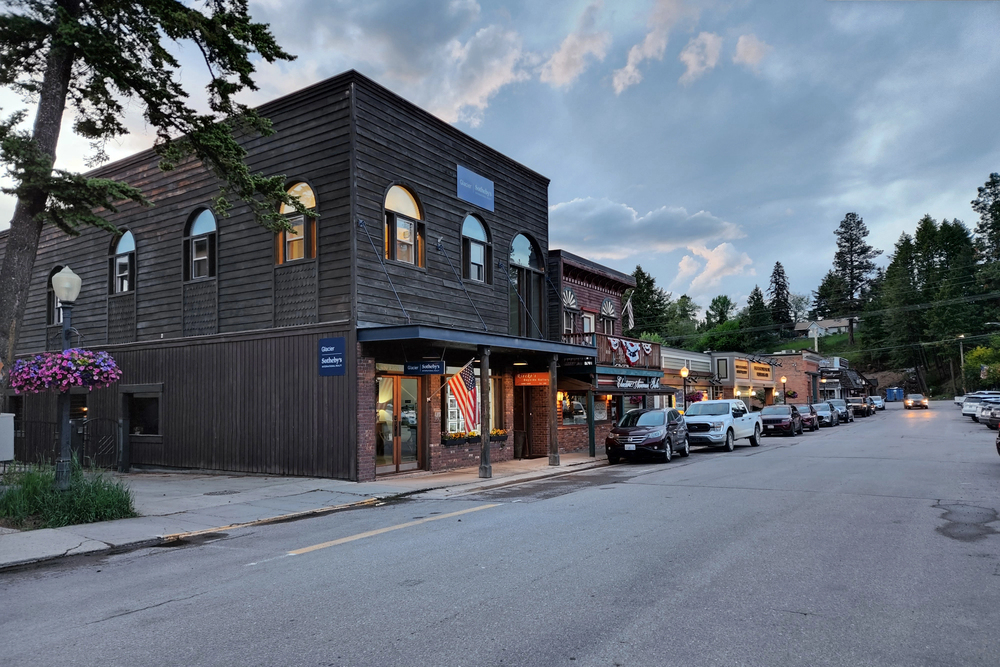
Nestled along the northeast shore of Flathead Lake, Bigfork somehow remains remarkably peaceful despite its stunning mountain backdrop and crystal-clear waters. The town’s main street runs just two blocks, limiting commercial development and preserving the intimate atmosphere that disappears in larger resort communities.
Visitors can kayak across waters so clear they can spot fish swimming 20 feet below, yet rarely encounter the boat traffic common on more popular lakes. Local ordinances limiting vacation rentals have prevented the seasonal population explosion that transforms similar destinations, allowing Bigfork to maintain its authentic character throughout the summer months.
Grand Marais, Minnesota
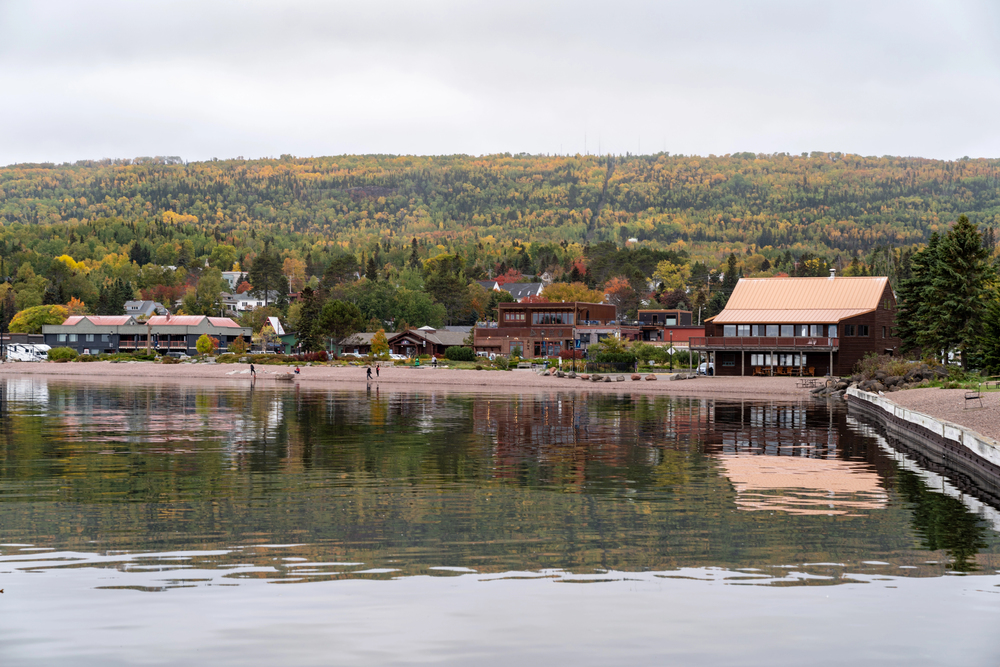
Perched on Lake Superior’s northwestern shore, Grand Marais benefits from Minnesota’s abundant lakes—drawing potential crowds away from any single destination. The harbor town serves as a gateway to the Boundary Waters wilderness, attracting outdoor enthusiasts more interested in solitude than social scenes.
Summer temperatures rarely exceed 75 degrees, naturally limiting the beach-seeking crowds that overwhelm warmer destinations. The town’s artist colony heritage fosters a creative, contemplative atmosphere where visitors spend evenings watching the sunset from waterfront benches rather than crowding into bars or clubs. Locally owned businesses close early, preserving quiet evenings along the harbor.
Like Travel Pug’s content? Follow us on MSN.
Lake Lure, North Carolina
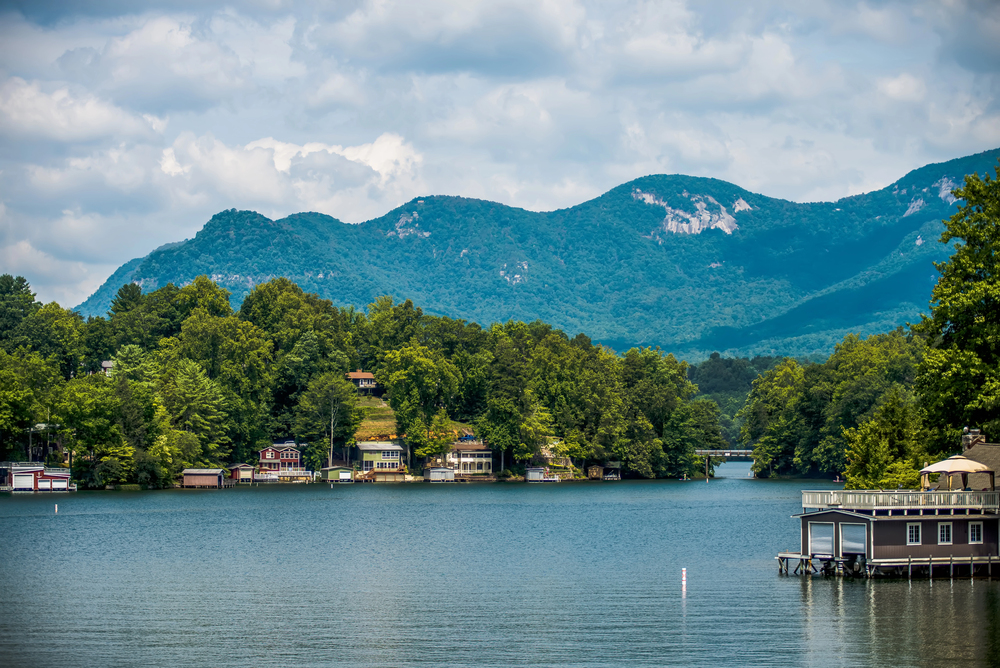
Despite its fame as a filming location for ‘Dirty Dancing,’ Lake Lure remains surprisingly tranquil throughout the summer months. The lake’s unusual geography—surrounded by steep mountain slopes—naturally limits development to just one side of the shoreline, preserving vast stretches of undisturbed forest.
Private ownership of the lake itself allows for strict capacity control, with only a limited number of boat permits issued annually. Most properties around the lake remain family-owned rather than commercially developed, creating a community atmosphere where generations return to the same cabins year after year. The town deliberately maintains minimal commercial attractions, focusing instead on natural beauty and outdoor activities.
Sandpoint, Idaho
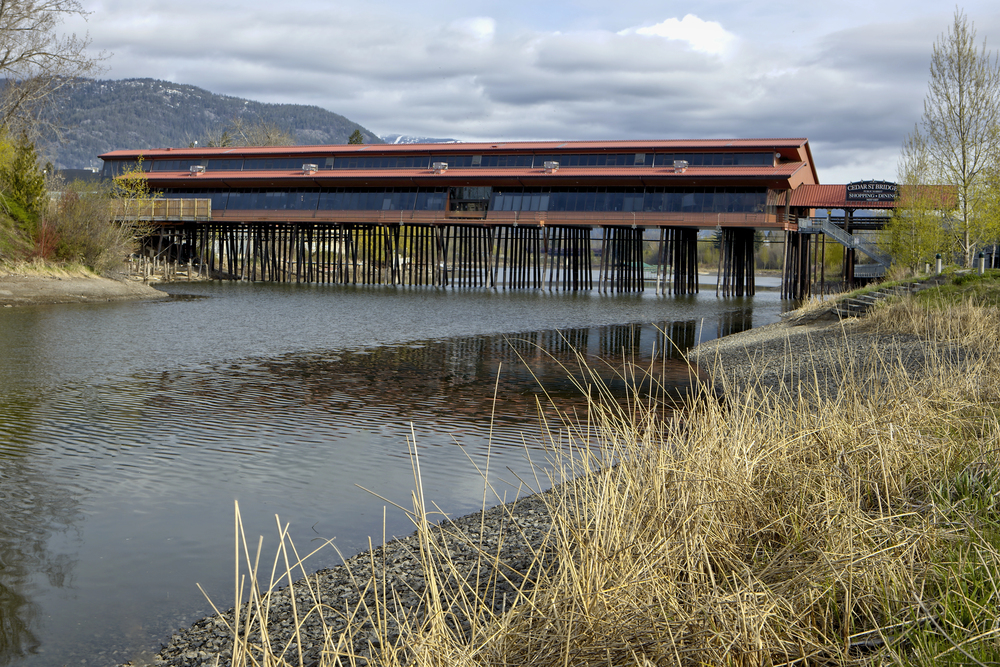
Located on magnificent Lake Pend Oreille, Sandpoint benefits from northern Idaho’s relatively remote location—far enough from major population centers to discourage casual weekend visitors. The lake’s immense size—43 miles long with 111 miles of shoreline—naturally distributes visitors across a vast area, preventing congestion even during peak season. The community actively preserves its authentic character, with strict limitations on chain stores and restaurants.
Summer temperatures typically remain moderate compared to more southern destinations, attracting outdoor enthusiasts seeking comfort rather than heat-escaping crowds. The surrounding national forests provide abundant recreation alternatives, further dispersing visitors throughout the region.
Charlevoix, Michigan
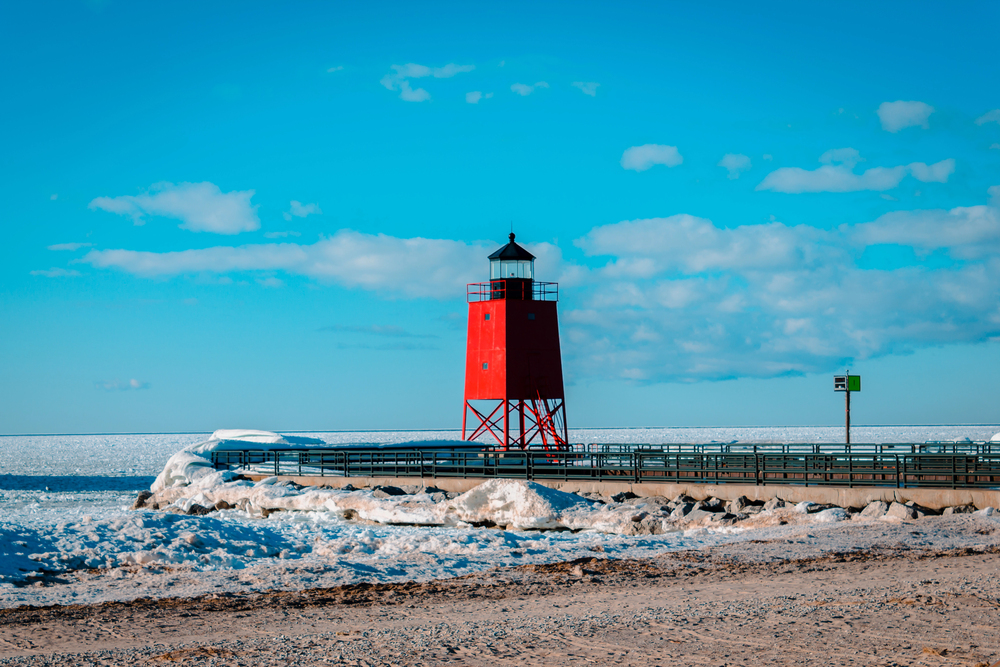
Situated between Lake Michigan and Round Lake Charlevoix, this charming town benefits from being overshadowed by the more famous Mackinac Island just up the coast. Most tourists passing through the region head directly to Mackinac, leaving Charlevoix relatively undiscovered.
The town’s famous “mushroom houses”—whimsical stone cottages designed by Earl Young—attract architecture enthusiasts rather than party-seeking vacationers. Strict zoning laws have prevented high-rise hotels and maintained the low-key atmosphere that draws multi-generational families back annually. The downtown area remains compact and walkable, with locally-owned shops closing by early evening to preserve the peaceful nighttime environment.
Like Travel Pug’s content? Follow us on MSN.
Wolfeboro, New Hampshire
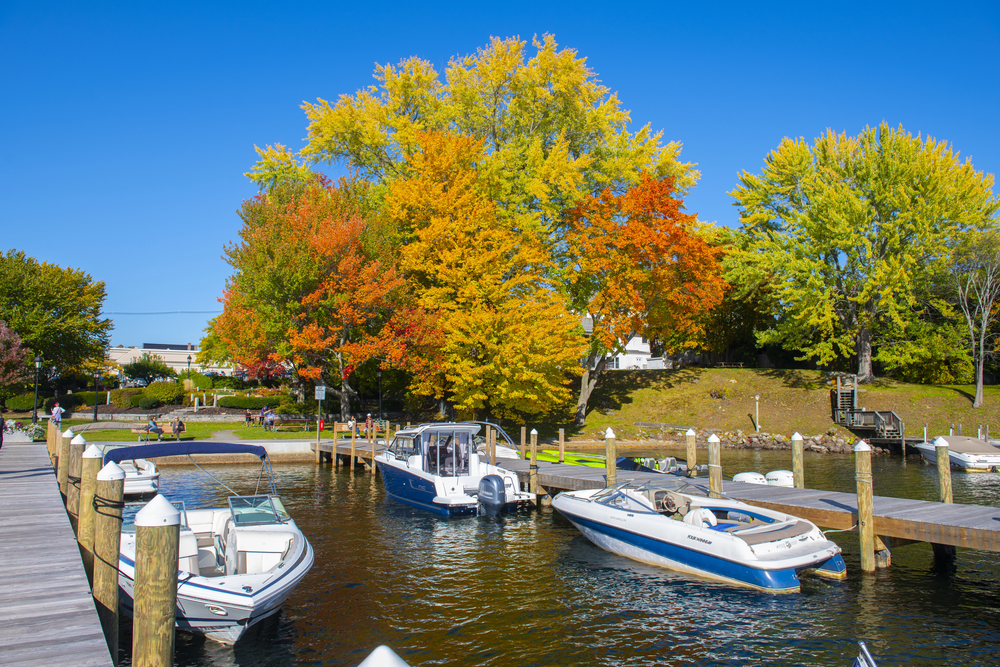
America’s oldest summer resort town, Lake Winnipesaukee, has developed uniquely effective strategies for maintaining tranquility despite its historic popularity. The community strictly enforces noise ordinances and boat speed limits, creating a noticeably calm atmosphere even on summer weekends.
The lake’s unusual shape—featuring countless bays and coves—allows visitors to spread out across the water rather than concentrating in a single area. Most waterfront properties remain in private hands rather than commercially developed, limiting accommodation options and naturally restricting visitor numbers. The town deliberately maintains its New England character with architectural standards that discourage modernization and commercial development.
Lake Chelan, Washington
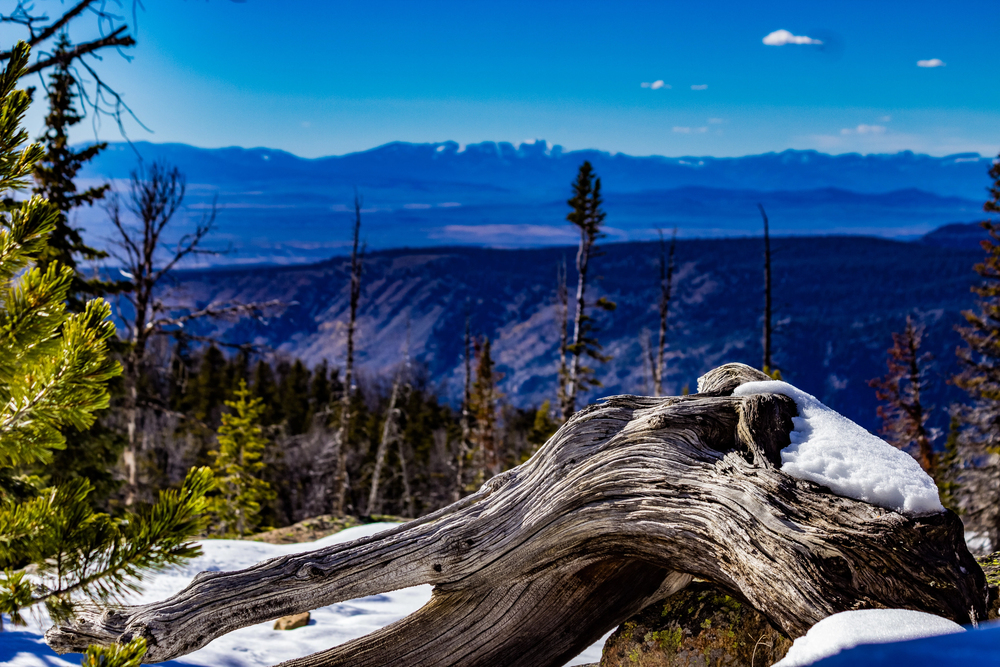
While the southern shore nearest the town can get busy, Lake Chelan’s unusual 50-mile length means much of the shoreline remains peaceful throughout summer. The remote upper reaches are accessible only by boat or seaplane, naturally limiting visitor numbers to the truly dedicated.
The surrounding mountains create distinct microclimates, with the remote northern end staying cooler—and consequently less crowded—during summer months. The community has intentionally preserved agricultural land around the lake, with vineyards and orchards providing scenic buffers that prevent overdevelopment. The lake’s depth—reaching over 1,500 feet—creates unusually cold water temperatures that naturally deter casual swimmers and maintain uncrowded beaches.
Elkhart Lake, Wisconsin
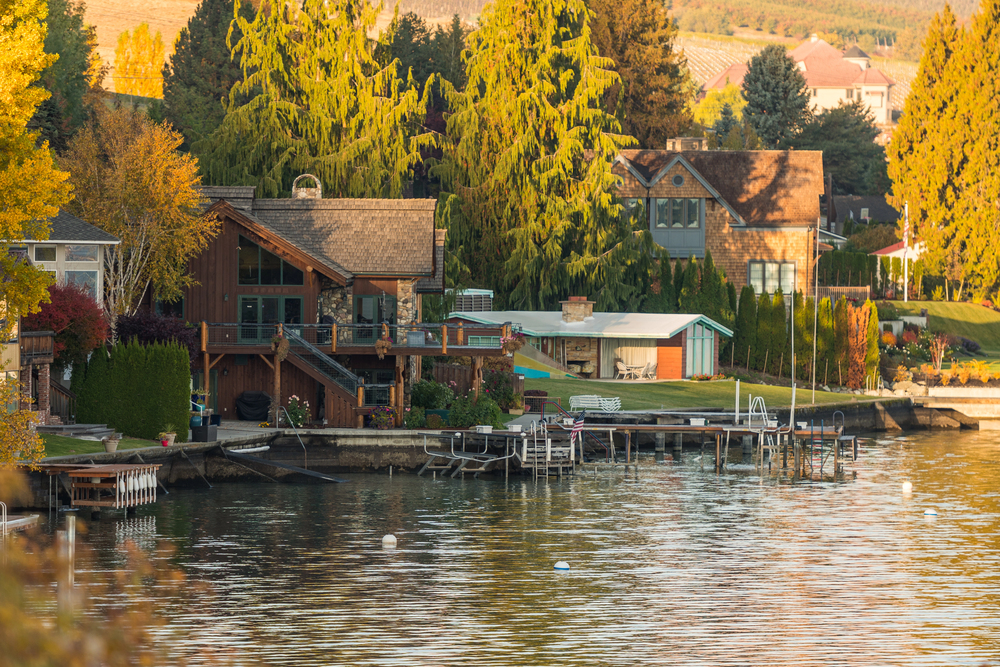
Despite being just hours from Chicago and Milwaukee, Elkhart Lake has deliberately maintained its peaceful character through careful community planning. The village prohibits motorized watercraft on Sundays, creating a weekly respite from noise and wake that residents and visitors deeply appreciate.
Most accommodations consist of historic resorts and family cottages rather than new developments, naturally limiting visitor capacity. The spring-fed lake’s exceptional water clarity attracts swimmers and sailors rather than powerboaters, contributing to the tranquil atmosphere. The village center remains compact, with strict limitations on commercial development that preserve the early 20th-century character and prevent tourist sprawl.
Like Travel Pug’s content? Follow us on MSN.
Priest Lake, Idaho
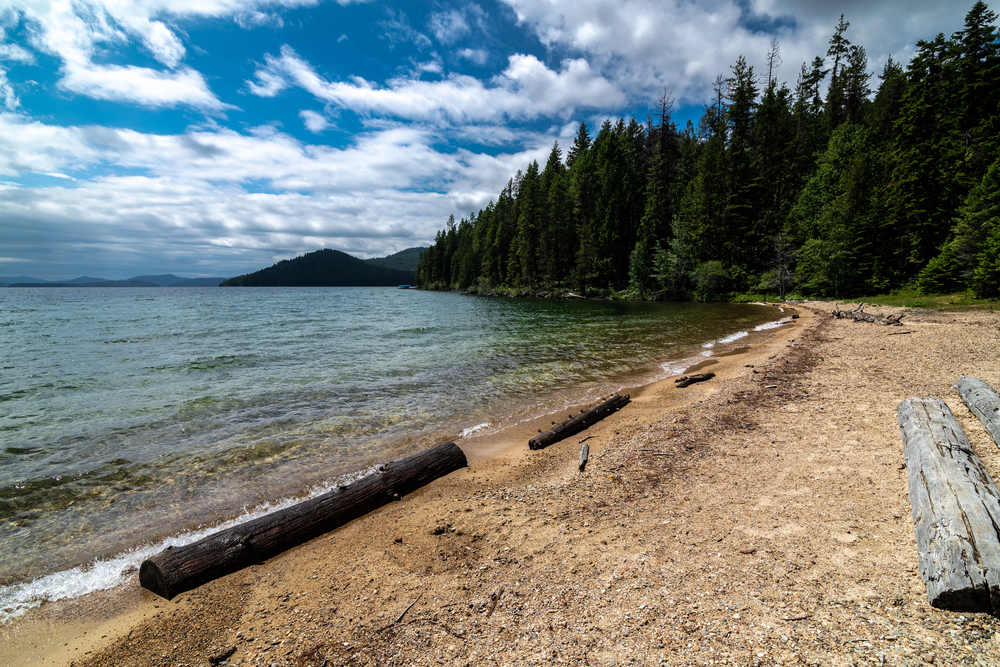
Often called the “forgotten lake” of Idaho, Priest Lake remains peaceful largely due to its remote location just 30 miles from the Canadian border. The surrounding Selkirk Mountains provide natural isolation, with limited road access deterring casual visitors. Nearly 90% of the shoreline remains undeveloped and preserved within state and national forest boundaries.
The few existing resorts maintain a deliberately rustic character, attracting visitors seeking natural experiences rather than luxury or entertainment. Summer temperatures remain moderate at this northern elevation, naturally limiting the heat-escaping crowds that flock to more southern destinations.
Rangeley, Maine
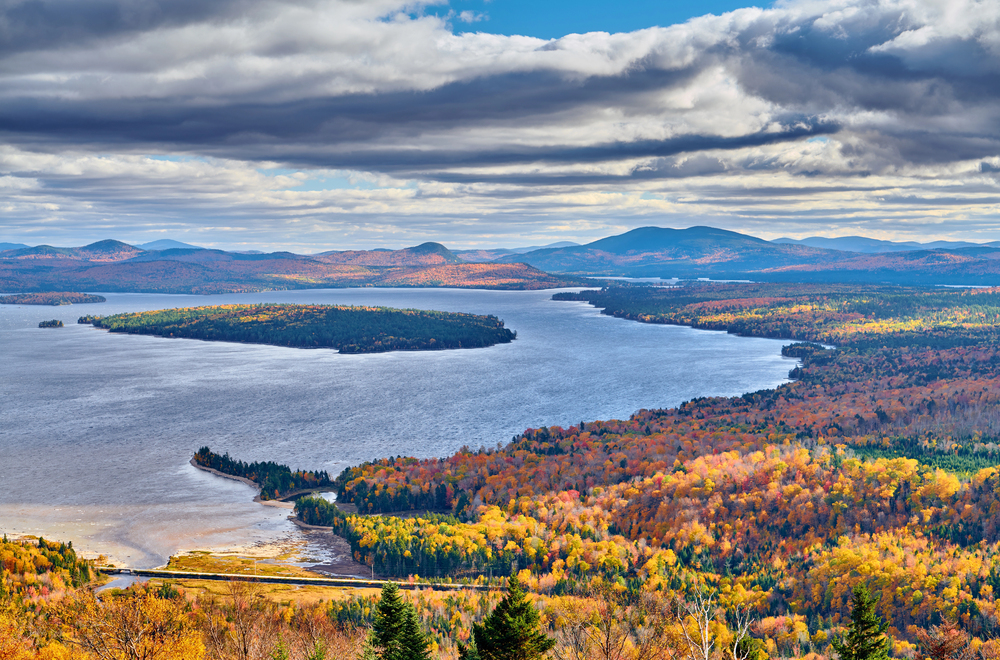
Surrounded by six major lakes, Rangeley benefits from having water-based recreation distributed across multiple bodies of water rather than concentrated in one location. The remote western Maine location—hours from any major population center—naturally limits visitation to dedicated outdoor enthusiasts rather than casual tourists.
The town maintains strict architectural guidelines that have preserved its historic character and prevented commercial development from changing the authentic atmosphere. The lakes’ location along extensive forest tracts provides endless alternative recreation opportunities, dispersing visitors throughout the region rather than concentrating them along the shoreline.
Suttons Bay, Michigan
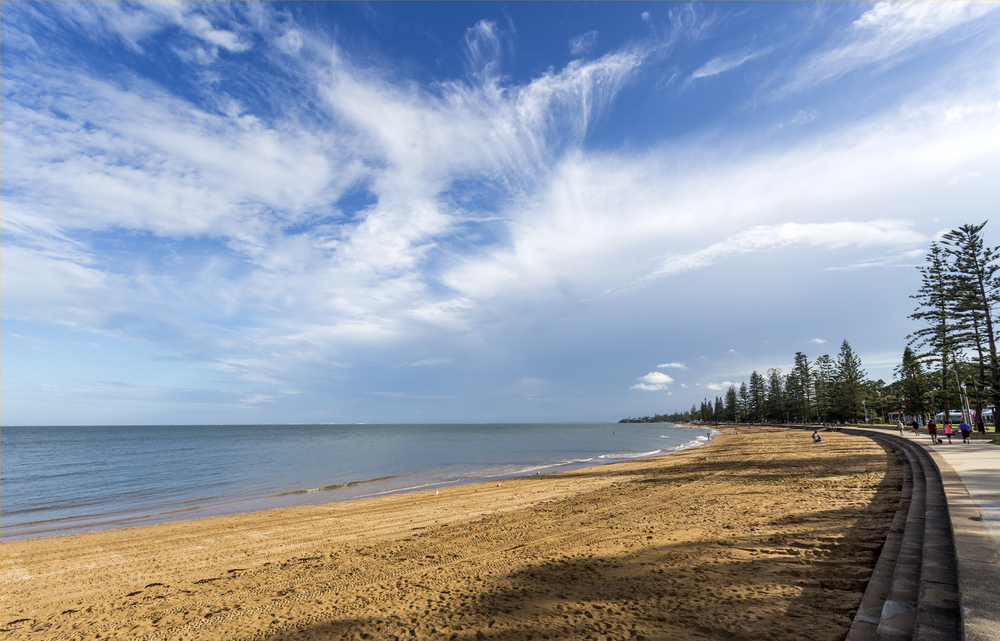
Located on a protected bay of Lake Michigan’s Grand Traverse Bay, Suttons Bay remains peaceful by focusing on agricultural tourism rather than waterfront development. Surrounding cherry orchards and vineyards create natural buffers that prevent commercial expansion and maintain the rural atmosphere.
The village has deliberately branded itself as a destination for culinary and wine enthusiasts, attracting visitors interested in quiet appreciation rather than active recreation. Limited accommodation options naturally restrict overnight visitor numbers, with most tourists making day trips from nearby Traverse City. The harbor primarily serves sailboats rather than power craft, contributing to the tranquil soundscape that defines the village.
Like Travel Pug’s content? Follow us on MSN.
McCall, Idaho
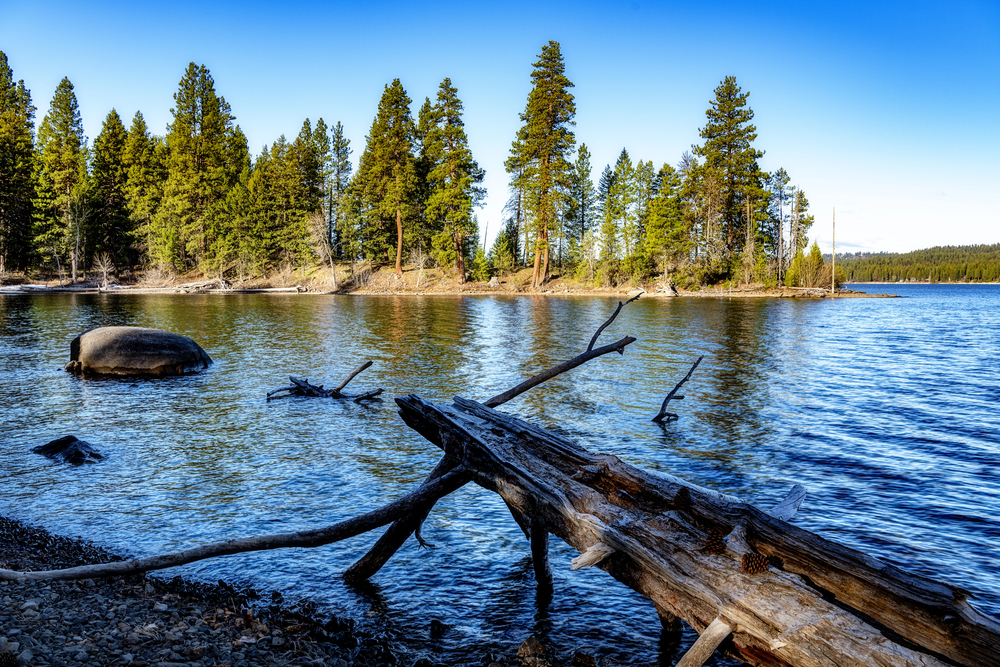
Perched on Payette Lake, McCall maintains its peaceful character through a combination of geography and planning. The town sits at 5,000 feet elevation, where cooler temperatures naturally limit the summer season compared to lower-elevation destinations.
Most surrounding land remains under federal management as a national forest, preventing the resort sprawl common in more developed lake regions. The community strictly enforces building height restrictions, maintaining a low-profile townscape that preserves mountain views and prevents high-density development. The town deliberately remains small, with commercial services concentrated in a compact, walkable core that prevents tourist-oriented sprawl.
Branbury, Vermont

This tiny community on Lake Dunmore benefits from Vermont’s general lack of large natural lakes, which prevents any single destination from becoming overly popular. The town consists primarily of a state park and scattered residences, with minimal commercial development to attract casual tourists.
Most of the surrounding land remains forested, with the Green Mountain National Forest preventing resort development that would change the area’s character. The lake’s relatively small size has led to strict powerboat limitations, creating a noticeably quieter environment than larger motorboat-friendly destinations. The community deliberately maintains a low profile, with minimal online presence or tourism marketing efforts.
Wallowa Lake, Oregon
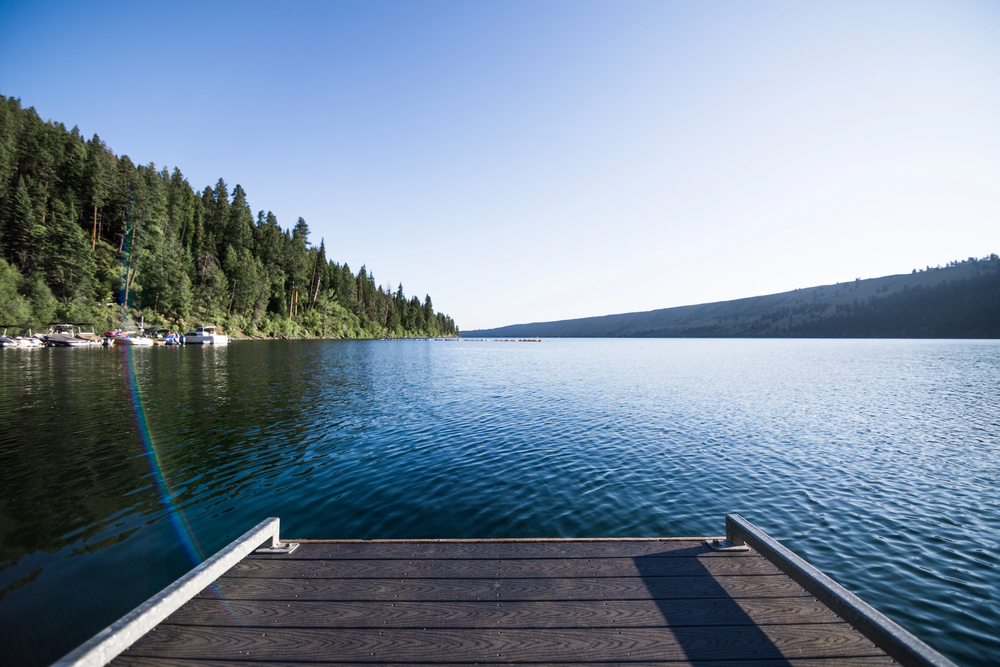
Nestled at the base of the spectacular Wallowa Mountains, this remote eastern Oregon lake town benefits from being at least four hours from any major population center. The lake’s unusual terminal moraine geography—surrounded by dramatic glacial moraines—naturally limits development to one end of the shoreline.
Most of the surrounding area remains protected within Eagle Cap Wilderness, preventing the resort sprawl common in more accessible lake regions. The community deliberately maintains its rustic character, with many businesses operating seasonally with limited hours that preserve quiet evenings and mornings. The high elevation naturally moderates summer temperatures, attracting visitors seeking comfort rather than heat escape.
Like Travel Pug’s content? Follow us on MSN.
Eagle River, Wisconsin
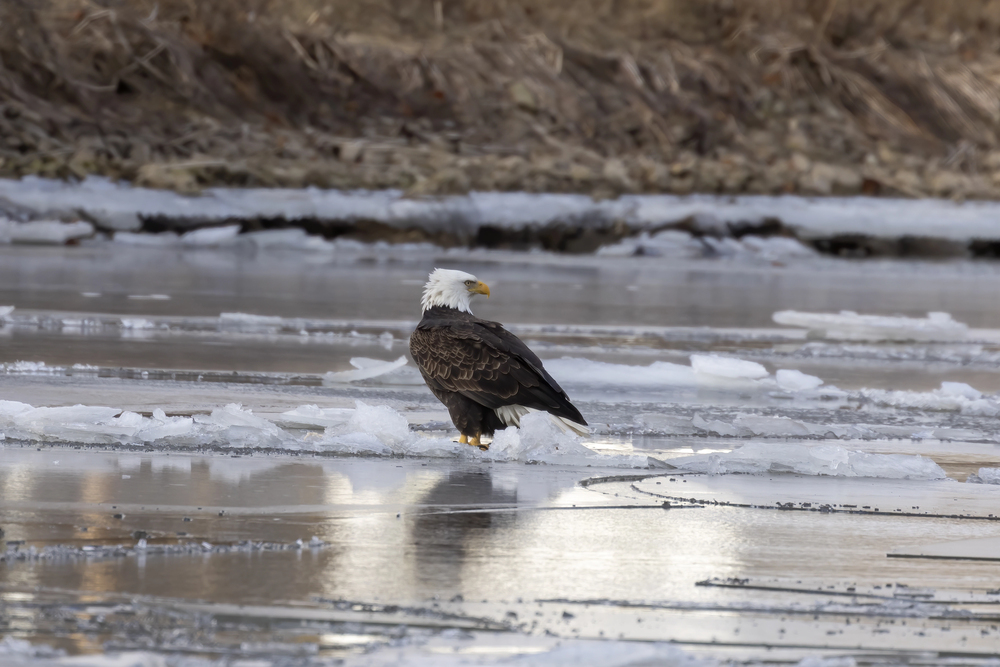
Despite being the self-proclaimed “Chain of Lakes Capital of the World,” Eagle River maintains its peaceful character through a unique approach to waterfront access. The 28 interconnected lakes naturally distribute boaters across a vast area rather than concentrating them on a single water body.
The town strictly enforces noise ordinances and boat speed limits during evening hours, creating noticeably tranquil conditions when most vacation destinations would be at peak activity. Most accommodations consist of family cabins and modest resorts rather than large-scale developments, naturally limiting visitor density. The surrounding forest remains largely intact, creating natural buffers between developed areas.
Lakeside, Ohio
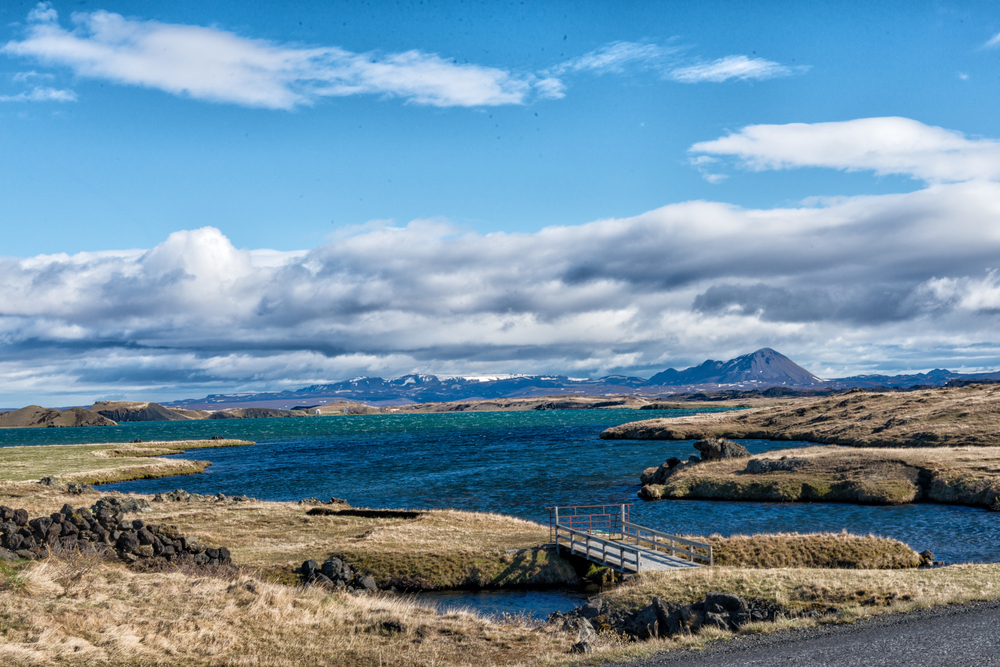
This unusual Chautauqua community on Lake Erie maintains its peaceful character through a gated entrance that literally closes the town to outside traffic after evening hours. The community functions as a gated, planned vacation community with deliberately limited commercial development and an emphasis on cultural enrichment rather than entertainment.
Most visitors stay in historic cottages or the original hotel, with no new accommodation development permitted. Cars remain parked during stays, with bicycles and walking being the primary transportation modes—creating a noticeably quieter atmosphere than in typical resort towns. Programmed activities focus on educational and cultural experiences rather than commercial entertainment.
South Haven, Michigan
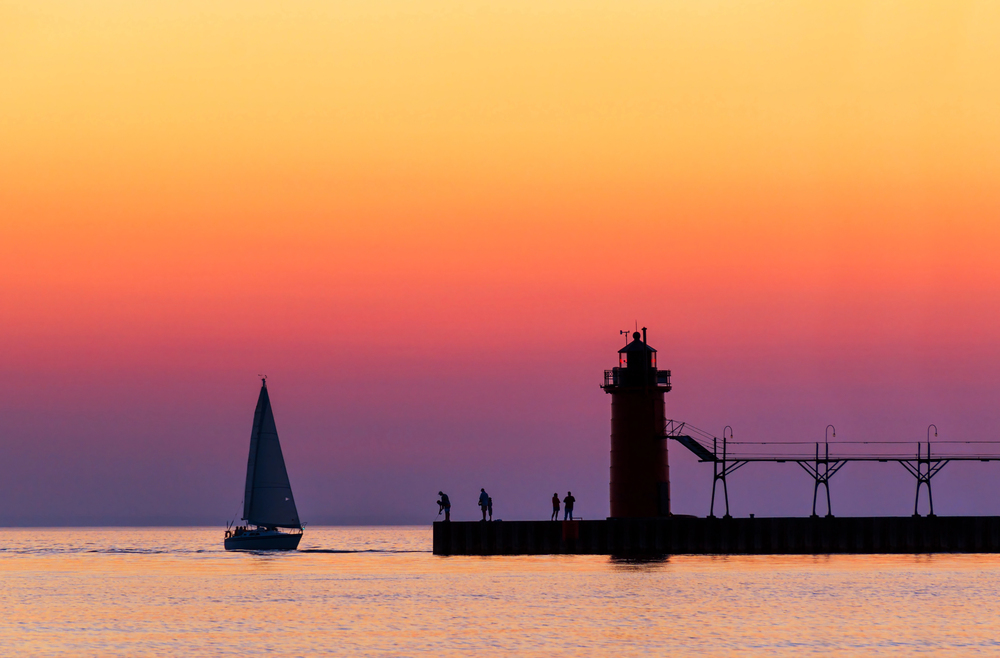
While the waterfront can be lively, South Haven preserves peaceful areas through deliberate land conservation and neighborhood planning. The Black River bisects the town, creating a natural separation between the more active southern beaches and the noticeably calmer northern shoreline. Extensive blueberry farms surrounding the town create agricultural buffers that prevent resort sprawl and maintain open space between developed areas.
The community strictly maintains its distinctive lighthouse and maritime heritage, attracting history enthusiasts and photographers rather than party-seeking crowds. Many visitors stay in historic neighborhoods several blocks from the water, naturally distributing visitor presence throughout the town rather than concentrating it at the shoreline.
Like Travel Pug’s content? Follow us on MSN.
Grand Lake, Colorado
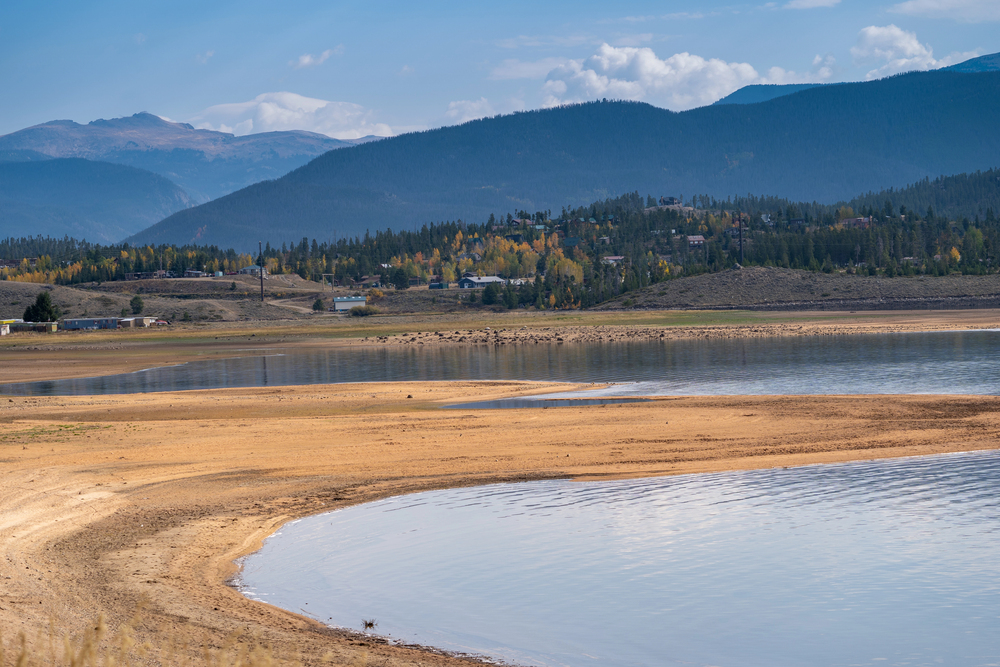
Situated at 8,300 feet elevation, Grand Lake benefits from its remote Rocky Mountain location and short summer season. The town sits adjacent to Rocky Mountain National Park, which absorbs many visitors into wilderness areas rather than concentrating them in town.
The historic boardwalk downtown area deliberately maintains its authentic Western character, with strict architectural guidelines preventing modernization or commercial chain development. The high elevation creates a distinctly cool microclimate compared to lower elevation destinations, naturally limiting the summer season length and peak visitor numbers. Most surrounding land remains under federal protection, preventing resort sprawl common in more accessible mountain lake regions.
Skaneateles, New York
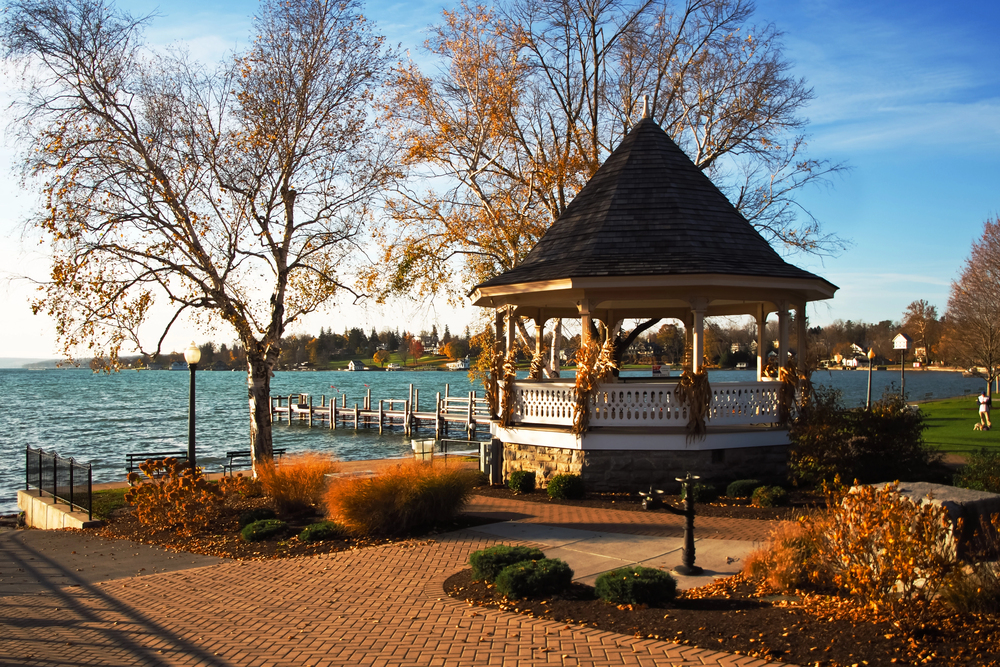
This Finger Lakes gem preserves its peaceful character through some of the strictest watershed protection regulations in the country. The lake serves as a drinking water source for Syracuse, leading to exceptional water quality protection measures that limit development and recreational impacts.
The surrounding countryside remains actively agricultural, with working farms creating natural buffers against commercial expansion. The village strictly maintains its historic character, with architectural guidelines preserving the 19th-century atmosphere that makes the community distinctive. Most accommodations consist of small inns and bed-and-breakfasts rather than large hotels, naturally limiting overnight visitor capacity.
Reflections on Lakeside Tranquility
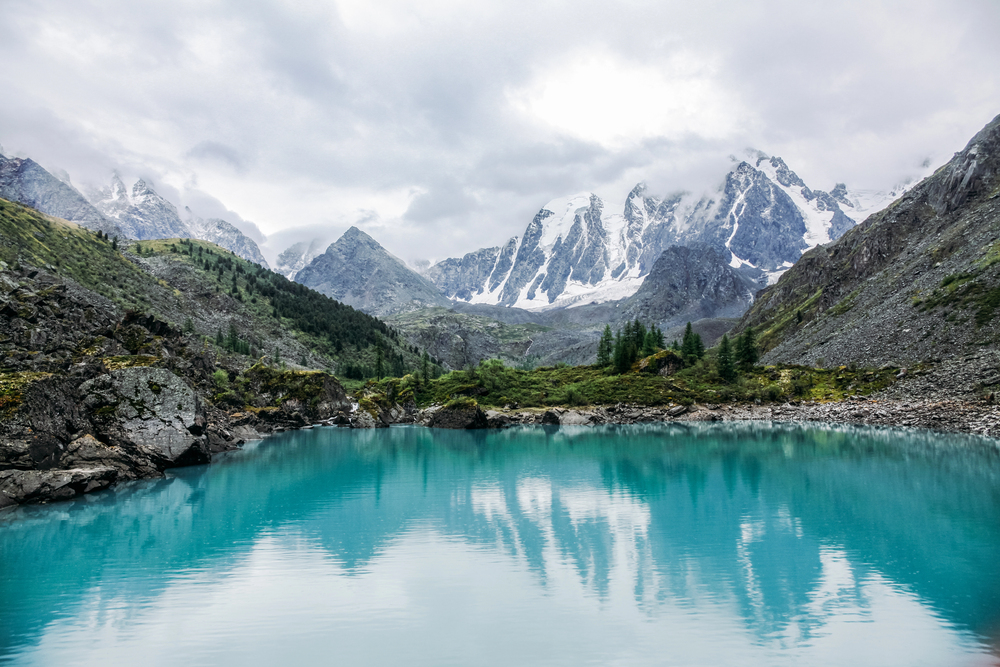
These eighteen communities demonstrate that waterfront destinations need not surrender their peaceful character to summer tourism. Through combinations of geographic isolation, planning, and community values that prioritize tranquility over commercial development, these lake towns offer increasingly rare opportunities to experience water-based recreation in genuinely peaceful settings.
As visitors increasingly seek authentic experiences over commercial entertainment, these thoughtfully preserved communities may well represent the future of sustainable tourism—places where natural beauty and community character remain intact despite their well-deserved popularity.
Like Travel Pug’s content? Follow us on MSN.
More from Travel Pug

- Cities Growing so Fast You Won’t Recognize Them in 10 Years
- 13 Destinations Where Tourists Regularly Regret Their Trip
- 16 U.S. Cities That Are Quietly Becoming Travel Hotspots
- Where to Travel If You Love Long Bus Rides and Daydreams
- 20 Cities Perfect for Solo Travelers Who Crave Adventure & Culture
Like Travel Pug’s content? Follow us on MSN.
